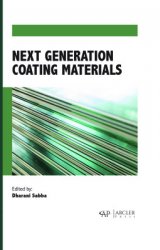- Добавил: koticvvik
- Дата: 29-03-2023, 22:58
- Комментариев: 0

Название: Guidance and Control Technology of Spacecraft on Elliptical Orbit
Автор:Liu F., Lu S., Sun Y.
Издательство:Springer
Год:2022
Формат:PDF
Страниц: 245
Размер: 10,6 МБ
Язык: English
This book introduces readers to the navigation, guidance and control technologies involved in single-spacecraft, double-spacecraft, and multiple-spacecraft tasks in elliptical orbits. It comprehensively covers the key technologies of guidance, navigation and control (GNC) system design for spacecraft in elliptical orbits, including the orbit design, formation configuration design and maintenance, autonomous navigation technology and relative navigation technology, as well as autonomous rendezvous technology. The methods that this book introduces are very close to actual practical engineering applications and presented in an accessible style.

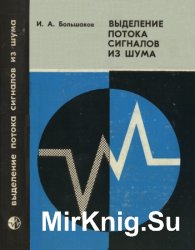


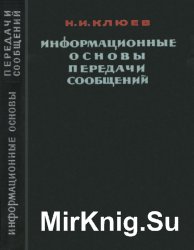
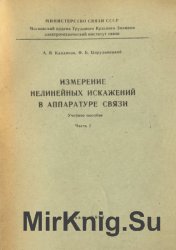
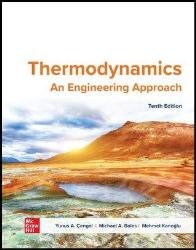 Название: Thermodynamics: An Engineering Approach, 10th Edition
Название: Thermodynamics: An Engineering Approach, 10th Edition